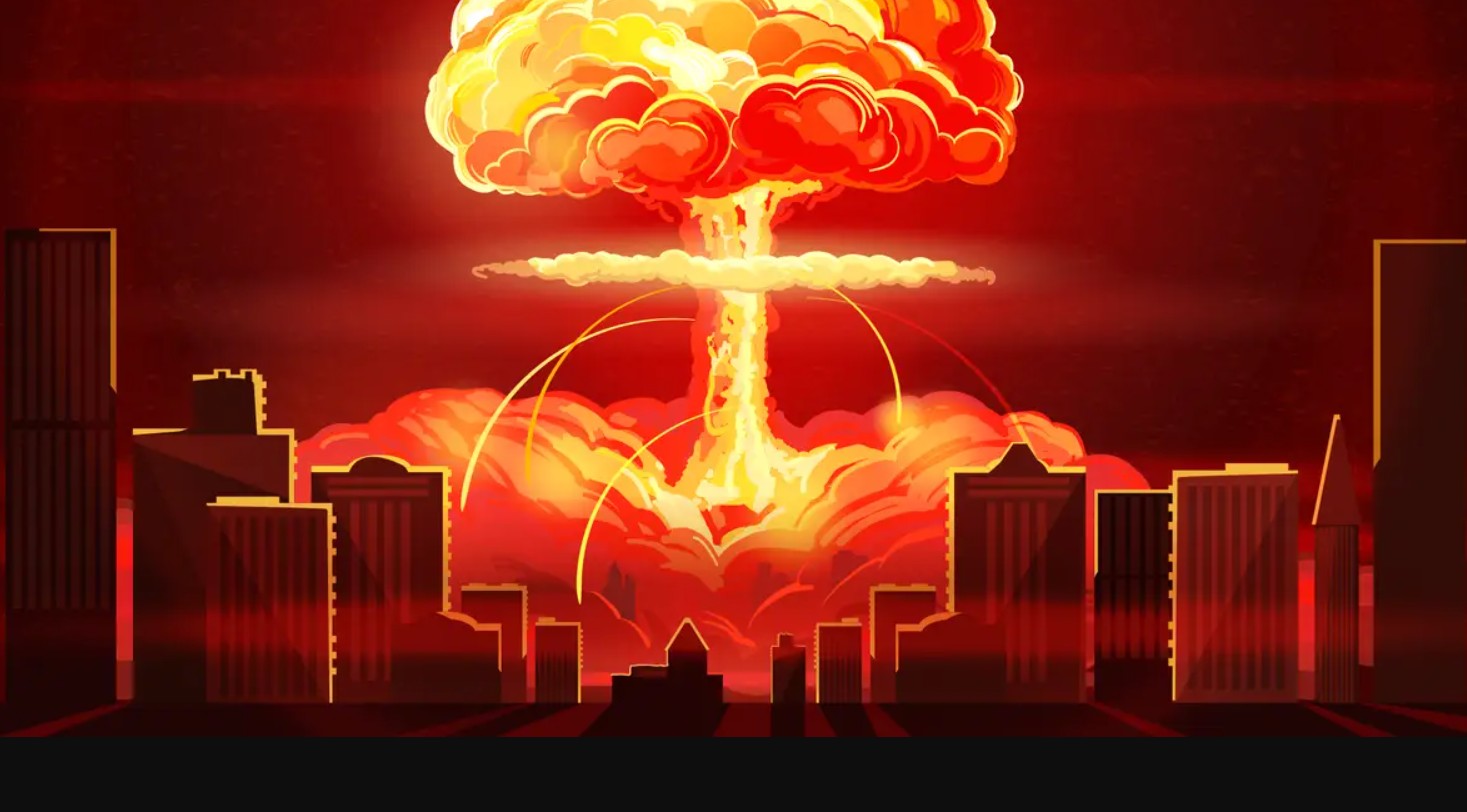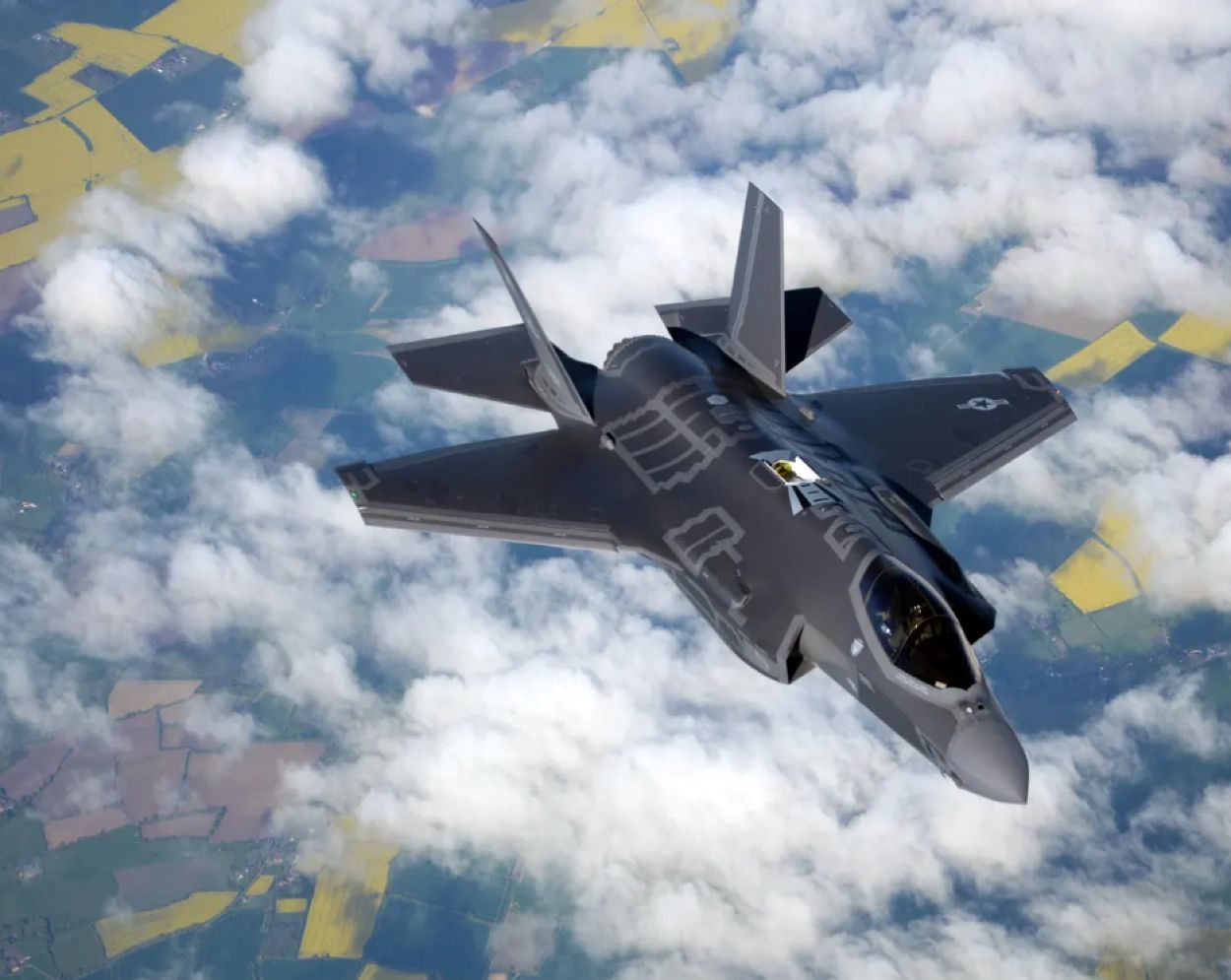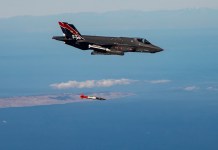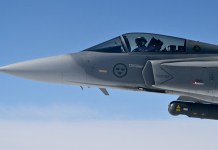OPED By Indian Air Force Veteran Gp Cpt TP Srivastava
With China set to match/overtake the US economy by 2035, the geo-strategic scenario, specifically the ‘world power center,’ will likely change. Most ardent supporters of Karl Marx’s propagated communism never dared to predict that to happen by the middle of the 21st century.
India Deployed ‘Strategic Nukes’ To Deter China At LAC; Nuclear Command Given Citation For Exemplary Performance
The capitalist domination of world affairs would have to face a serious challenge, and that too from China which was an impoverished communist country barely 50 years ago.
US As A Catalyst Of Chinese Growth
The US must accept the entire responsibility/blame for virtually forcing China to get its act together as a nation-state. US warning to China about the possible use of nukes during the Korean War stirred the middle kingdom’s self-esteem, and China vowed never to be blackmailed in the future.
China exploded its first nuclear device on October 16, 1964. China’s aggressiveness in recent times cannot be ignored by nations in its close proximity, particularly those at the rim of the South China Sea.
China’s Turn To Hit Back
China’s aggressiveness and open challenge to the existing world order was changed irreversibly when China declared the entire air space over and around the South China Sea as an Air Defense Identification Zone under Chinese control.
Military strategists have primarily glossed over this issue, but it is of enormous significance because the declaration of ADIZ empowers China to take offensive action, including shooting down any aircraft/UAV/missile flying into ADIZ. US bombers continue to make the transgressions, which China calls illegal.
From the bipolar world of the Cold War era, the dismemberment of the USSR resulting in a unipolar world had been challenged in less than a quarter century.
China has emerged as a befitting challenger to US supremacy, both militarily and economically. China has surpassed the US in the ‘strategic buying’ of impoverished nations by successfully implementing the concept of ‘Debt Tap Diplomacy.’
The US failed to take control of Cuba with all the financial muscle supported by unchallenged military power. On the other hand, China developed the military muscle but chose a more sophisticated method of Debt Trap Diplomacy to entangle numerous nations across the globe in its inescapable financial tentacles.
Comparison Of Chinese & US Military Capability
Currently and even in the foreseeable future, China cannot match US supremacy as a vastly superior maritime power. Chinese Navy of 2023 can, at best, be termed as a ‘Green Navy’ capable of looking after its maritime boundaries and South China Sea as long as US carriers are not sailing there.
China is at least two decades away from catching up with the US Navy, built around a dozen supercarriers and a massive fleet of nuke-capable submarines. But in all other fields, China will match the US within two decades. However, Blue Water Chinese Navy is a distant dream.
India’s Emergence
India is already a nuclear power but cannot be called a US ally despite having signed four agreements broadly related to security, with Basic Exchange and Cooperation Agreement (BECA) being the latest contract.
The US will be looking for a ‘permanent’ ally. Keeping in view the stark reality that ‘bete-noire’ for the US, North Korea has and will continue to have the backing of China in the foreseeable future, the US needs a nuclear weapon state as an ally in Asia.
Pakistan is not only too far from China but will not support the US against China. That leaves only two nations in proximity – South Korea and Japan. Any attempt to nuclearize South Korea will invite an instant reaction from North Korea, a risk the US cannot take. That leaves Japan as the only option.
Japan As A Nuclear Weapon State
Will Japan agree/opt to go nuclear? Asking this question to a Japanese might have been akin to a sacrilege a few years back, but it is no longer an untouchable option. China-Japan animosity over a few island territories is a burning issue between them.

China’s aversion to the existence of Taiwan as an independent nation is only too well known. However, Chinese expansionist design in the South China Sea and unilaterally drawing up the Nine/Ten Dash line declaring the entire area as Chinese is unacceptable to Japan.
Japan cannot match China militarily unless Japan exercises the nuclear option. A nuclear Japan will change the security matrix in Asia and the entire globe virtually overnight.
Chinese offensive posturing based on its nuclear arsenal and financial muscle would no longer be capable of posing the current level degree of threat.
A nuclear-capable Japan will be able to pose the most potent threat to the soft underbelly of China. China will be forced into revisiting its nuclear doctrine, expansionist design, and policy of debt-trap diplomacy.
‘No First Use’ is China’s current ‘stated’ policy concerning nukes. But with a nuclear-capable Japan, Chinese nuclear doctrine might have to be altered to ‘launch on detection.’
Intelligent persons with deep foresight govern China in the 21st century. Therefore, China is unlikely to provoke/take any action which will/may provoke Japan. However, China will continue to pose a ‘proxy’ threat to Japan through North Korea’s offensive actions from time to time, as has already happened in recent times.
Japan, therefore, could exercise the nuclear option to silence North Korea, thus achieving the twin objectives of not only neutralizing North Korea but also silencing the North Korean regime, both present and future.
Japan is technologically capable of producing a nuke if it decides. At least 25% of electricity produced in Japan is by nuclear reactors. Building a centrifuge assembly to enrich Uranium is well within its capability. Japan’s space program is world-class. Hence delivery vehicles are already available.
In any case, to target China, Japan needs a medium-range ballistic missile (MRBM) capability only. Japan also has a state-of-the-art air force.
With the impending acquisition of F-35s in large numbers, Japan can also deliver nukes by aircraft. Japan does not need the third component of the triad, nuke-capable submarines, because of geography and its position on the globe vis-à-vis China.
Although not yet recognized, Japan has an aircraft carrier, or at least the technology/expertise to build one.

Let us now examine what will Japanese nuclear deterrent look like. Japan is not required to invest in a classic nuclear triad.
In fact, with Japanese expertise in miniaturizing virtually everything and an extremely high degree of sophistication achieved in electronics, Japan just might become the first nuclear weapon capable state to possess a ‘Drone Mounted Nuclear Weapon Delivery System.’
Land-based nuclear-tipped missiles with a ten-kiloton warhead could be based in any of the numerous Japanese islands, particularly in northern Japan. If Japan opts to introduce Multiple Independent Reentry Vehicles-MRBMs, the Japanese nuclear threat will be even more potent.
However, land-based missiles in silos are easy targets because their positions are known to adversaries. A mobile trailer-mounted MRBM has a greater chance of survivability. Japan is already developing a sixth-generation fighter, which will decidedly be a nuclear weapon-delivery capable machine.
Currently, Japan does not have nuclear warhead development and production expertise. Indeed the US could be asked to provide the necessary help, a highly probable and possible option. If the US genuinely desired to threaten China’s underbelly, it could be achieved by making Japan partner in Ohio Replacement Program.
The decommissioned ‘boats’ of the US Navy will still be an operationally viable option, which could be transferred to the Japanese Navy. If such a transaction happens, it will be a boon to the US and Japan.
- Gp Cpt TP Srivastava (Retd) is an ex-NDA who flew MiG-21 and 29. He is a qualified flying instructor. He commanded the MiG-21 squadron. He is a directing staff at DSSC Wellington and chief instructor at the College of Air Warfare. VIEWS PERSONAL OF THE AUTHOR
- Follow EurAsian Times on Google News




